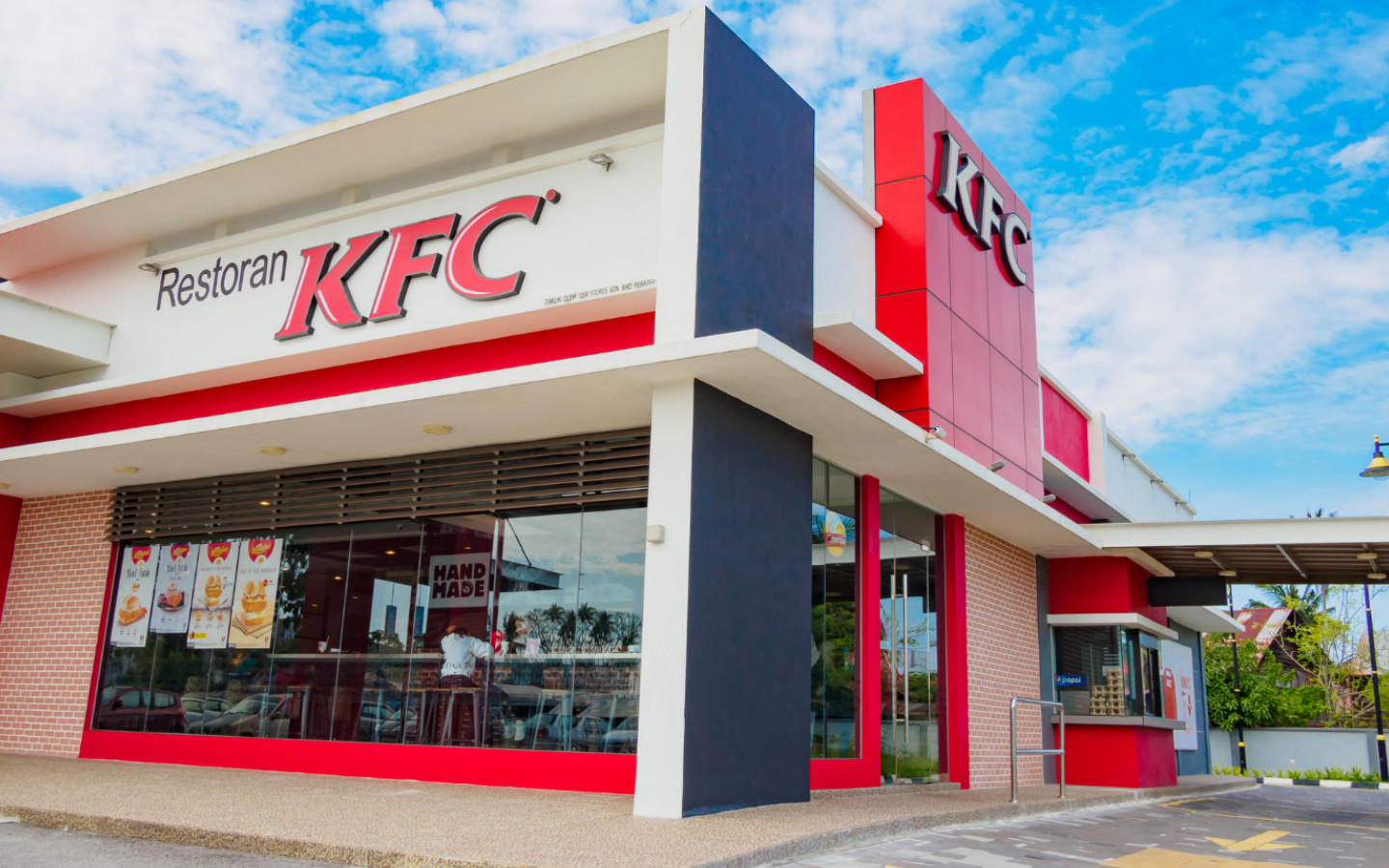CNBC recently reported that up to 900 KFC branches in the UK faced a chicken shortage due to issues related to switching to a new delivery partner, DHL.
The Colonel is working on it. pic.twitter.com/VvvnDLvlyq
— KFC UK & Ireland (@KFC_UKI) February 17, 2018
Organizations mitigate supply chain inventory disruptions through a variety of strategies including:
- Stock redundancy (safety stock)
- Stock diversification
- Direct ship
- Alternate sourcing
- Inventory substitution or repurpose
- Increase inventory investment within a channel
- Segmentation and prioritization (allocation)
- Salvage or repackage
However, these strategies in combination with the organization’s risk and resilience programs are typically limited to operational activities. Business continuity, crisis management, and supply chain risk programs seldom link to market intelligence and the financial rigor needed to exploit uncertainty at the onset of a disruptive event.
No chicken, no customers? Should that be the organization’s assumption when the core product or organization’s unique value evaporates? Or does this single point of failure actually represent a single point of opportunity? For example, from a market or industry perspective does the disruption represent an opportunity to accelerate the acquisition of a competitor or alternative product that will eventually lead to a broader, more appealing menu? Is this disruption an excuse to exit an unprofitable business in favor of a more promising opportunity? Or in the case of KFC, does a brief shortage represent an opportunity to promote a different set of products on their menu at a deep discount (or for free)? What did KFCs competitors do to exploit the opportunity, did their playbook include a strategy for exploiting this type of market disruption (i.e. the failure of a competitor)? The following case is provided to illustrate how GM outflanked Toyota when presented a significant recall.
Bottom line: organizational risk management fails as a strategic weapon because it ignores the most pivotal facts of the business landscape – the market and financial objectives. Markets move fast, organizations do not. Supply chain resilience programs are the starting point, however, these programs must be linked with broader contingency/opportunity strategy that includes the market and financial performance.
Follow Up:
A total of 562 KFC outlets remained shut following a weekend of disruption that peaked on Sunday night at 646 closures.
Observations
A case in point is a comparison between GM and Toyota in 2014. GM recalled 29 million cars worldwide in 2014, following thirteen deaths and fifty-four crashes due to a faulty ignition switch. Chevrolet Cobalt models were the culprits. The way GM handled this is instructive in comparison to the Toyota response in 2009– 2010 when acceleration problems led to recalls. In the case of Toyota, an attempt to diffuse the situation through public relations— including a denial that the problem even existed— nearly destroyed the company. The Toyota error was instructive to GM, and it reacted in a very different way. The GM focus was not on the profits impact but on markets.
As a result, sales and profits rose after the recalls, when you would naturally expect them to fall. Why? Jessica Caldwell, a senior analyst with Edmunds, explained, “You’d think it would damage their brand, but it’s actually helping to drive purchases at the dealerships.” Recalls brought people into the dealerships, of course. But GM saw this as an opportunity and focused its energies there. In July 2014, GM posted its best monthly sales in seven years despite the massive round of recalls. They sold over 256,000 cars that month alone, a 9 percent uptick from one year before. The consumer visits to the dealership as part of the recall sparked more trade-in activity that would have occurred without the recall. GM offered attractive low-cost financing coupled with employee-level pricing, a 34 percent discount from retail price.
SOURCE: Gary S. Lynch. Uncertainty Advantage: Leadership Lessons for Turning Risk Outside-In (Kindle Locations 1703-1709). Archway Publishing. Kindle Edition

